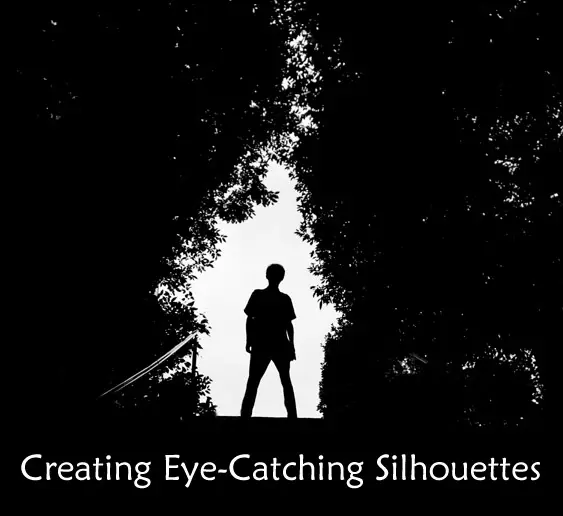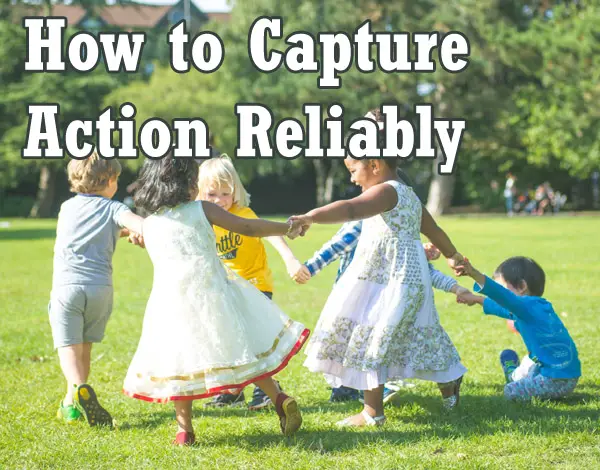What’s really important is to simplify. The work of most photographers would be improved immensely if they could do one thing: get rid of the extraneous. If you strive for simplicity, you are more likely to reach the viewer. — William Albert Allard, National Geographic
Everything should be made as simple as possible, but not simpler.
— Albert Einstein, Smart Guy
Like a cluttered room in a house or an overstuffed closet, a photo with too much random stuff can make it difficult for a viewer to find the subject. How many times have you taken a photograph of something only to have something else completely unrelated (and unwanted) in the frame like a car or a telephone pole? This isn’t to say that all photos should be minimalist affairs with a single subject and a plain background ala Apple Macintosh ads. But you should strive to only include elements in a photo that add something to it rather than serve as distractions. One way to do this is to simplify your compositions.
… Continue reading Learning composition: simplify, simplify, simplify










